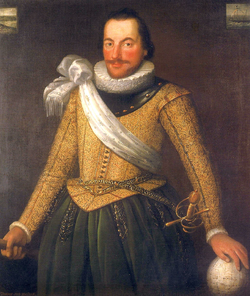Contents
- 15th century
- 16th century
- 17th century
- 18th century
- 19th century
- Early Period (1800–1818)
- Ross, Parry and Franklin (1818–1846)
- Search for Franklin (1846–1857)
- Nordenskiöld Period (1857–1879)
- Race for the Pole (1879–1900)
- 20th century
- Amundsen and the Heroic Age (1900–1925)
- Byrd and the Aircraft Age (1925–1958)
- Era of Satellites, Submarines and Icebreakers (1958–onward)
- 21st century
- See also
- Footnotes

This is a list of Arctic expeditions.











